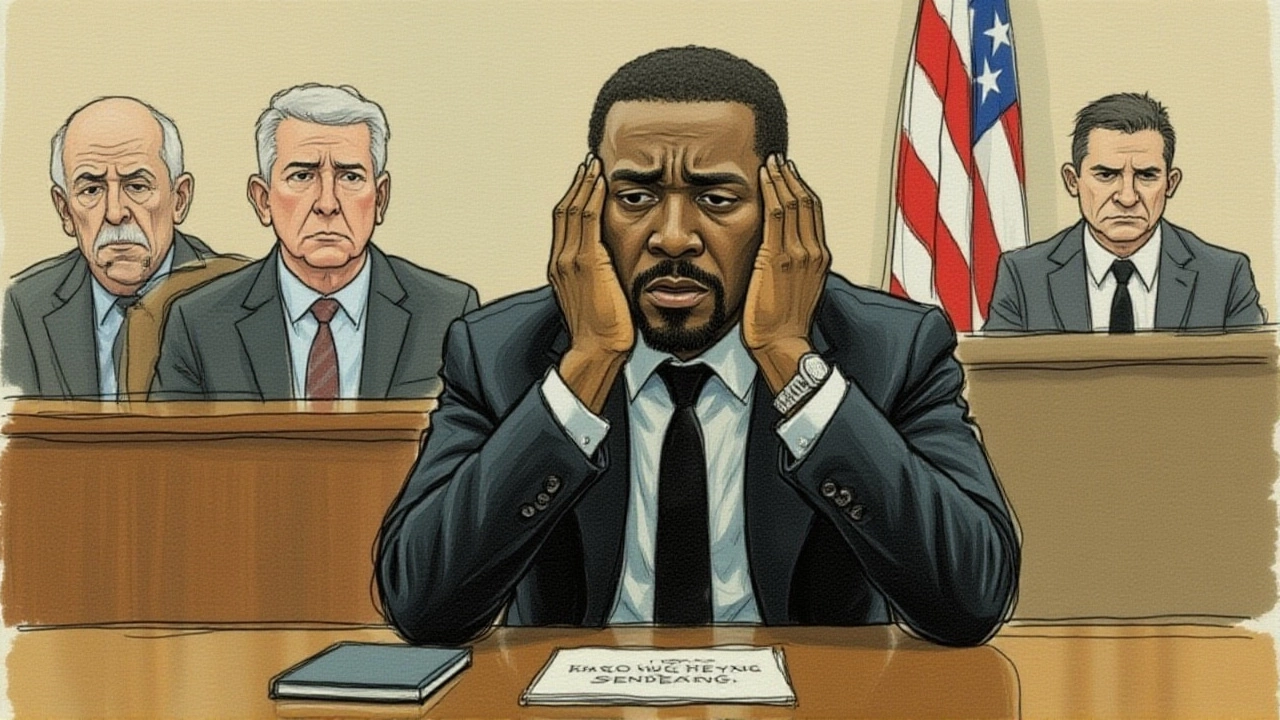
Sentencing: How Courts Decide Penalties
When talking about sentencing, the process where a judge assigns a legal penalty after a conviction. Also known as penal adjudication, it sets the consequences for criminal behavior and shapes future deterrence.
The court, the venue where sentencing takes place is the arena that brings together the judge, the official who interprets law and imposes the penalty. Sentencing encompasses penalty determination, the court requires judicial discretion, and criminal law influences sentencing guidelines. A judge looks at the crime’s severity, the offender’s history, and statutory limits before choosing between imprisonment, fines, community service, or probation. Each decision links back to the law, the offender’s rights, and society’s need for safety.
Key Factors in Sentencing
One major driver is criminal law, the body of statutes and case law that defines offenses and prescribing ranges for punishment. These statutes lay out mandatory minimums, maximums, and the flexibility judges have to deviate based on mitigating factors. Sentencing guidelines, created by legal committees, translate criminal law into practical ranges. They require judges to weigh aggravating circumstances—like use of a weapon—or mitigating ones—such as remorse or cooperation with authorities. The guidelines influence the type of penalty, whether it’s a short custodial term, a hefty fine, or a structured rehabilitation program.
Beyond the courtroom, the outcome affects the offender’s future. A probation, a supervised period after release where the offender must meet conditions often follows a custodial sentence, linking sentencing to community supervision. Parole boards may revisit a sentence later, offering early release if the offender meets certain criteria. Restorative justice programs can also be part of a sentence, aiming to repair harm by involving victims and the community. All these pieces—court, judge, criminal law, guidelines, probation—interact to create a balanced punishment that serves justice, deterrence, and rehabilitation.
What you’ll find next is a diverse set of articles that dig deeper into specific sentencing topics: from how judges calculate fines, to the impact of sentencing reforms, and real‑world examples of controversial penalties. Whether you’re a curious reader, a law student, or just want to understand why the news talks about sentencing decisions, the collection below will give you clear, practical insight.
